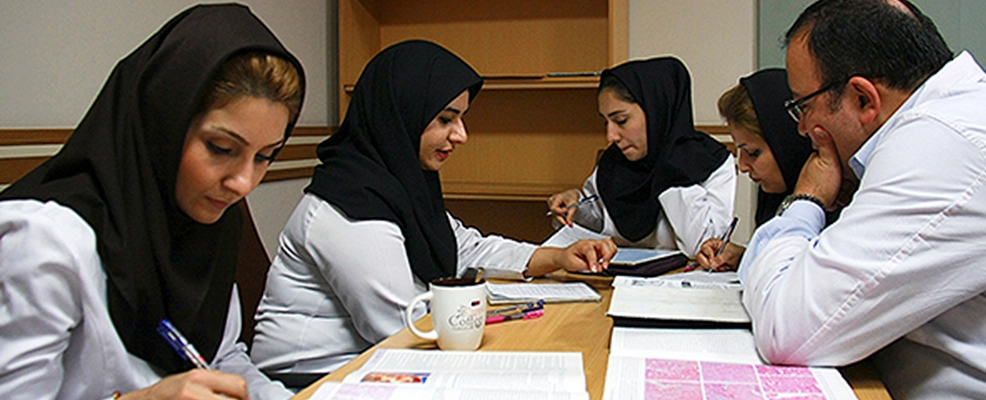Pursuing an MBBS in Nepal has emerged as a popular destination for Indian students aspiring to pursue a medical career. Studying MBBS in Nepal offers a perfect blend of affordable medical education, cultural familiarity, and globally recognized degrees. With top-tier medical universities, NMC (National Medical Commission) recognition, and high FMGE (Foreign Medical Graduate Examination) passing percentages, Nepal presents an ideal platform for Indian students to become competent medical professionals without the burden of exorbitant costs.
This article explores the benefits of studying MBBS in Nepal, insights into FMGE results, and how clinical exposure in Nepalese medical universities prepares students for real-world healthcare scenarios.
Top Benefits of Studying MBBS in Nepal
1. NMC-Recognized Medical Universities
All major medical universities in Nepal such as Kathmandu University, B.P. Koirala Institute of Health Sciences (BPKIHS), Tribhuvan University, and Patan Academy of Health Sciences are recognized by the National Medical Commission (NMC). This allows Indian students to sit for the FMGE (or the upcoming NExT) and practice medicine in India after obtaining their MBBS degree.
2. No Language Barrier
MBBS programs in Nepal are taught in English, and the medium of instruction remains consistent throughout the course. Additionally, Hindi is widely understood and spoken in Nepal, which makes it easier for Indian students to communicate both inside and outside the classroom and hospital settings.
3. Affordable Tuition Fees and Living Costs
Studying MBBS in Nepal is cost-effective compared to countries like the USA, UK, or even private medical colleges in India. The total tuition fees for the full MBBS course range between ₹35 lakhs to ₹60 lakhs, depending on the university. Living expenses are also relatively low, with monthly costs averaging ₹15,000–₹20,000, inclusive of food and accommodation.
4. High FMGE Pass Rates
One of the major highlights of studying MBBS in Nepal is the consistently high FMGE pass rate among Nepal graduates. Several colleges in Nepal have FMGE pass percentages between 25% to 35%, significantly higher than many other foreign countries.
5. Cultural and Geographical Proximity
Nepal shares close cultural, religious, and dietary similarities with India, making it a comfortable environment for Indian students. Moreover, the geographical closeness allows easy travel between India and Nepal. Students can return home during holidays without incurring heavy travel expenses.
MBBS Curriculum and Duration in Nepal
The MBBS program in Nepal typically spans 5.5 years, including one year of mandatory internship. The curriculum is structured in alignment with Indian MBBS standards and includes:
-
Pre-clinical (1.5 years): Basic medical sciences including Anatomy, Physiology, Biochemistry.
-
Para-clinical (1 year): Subjects such as Pathology, Pharmacology, Microbiology, and Forensic Medicine.
-
Clinical (2 years): In-depth clinical training in Medicine, Surgery, Pediatrics, Obstetrics & Gynecology, and more.
-
Internship (1 year): Hands-on training in affiliated hospitals, often recognized by both Nepal and Indian authorities.
Universities like BPKIHS and Patan Academy are known for their research-oriented approach and practical-based learning, focusing on community healthcare.
FMGE (Foreign Medical Graduate Examination) Results: How Nepal Stands Out
1. Understanding FMGE
The FMGE is a licensure examination conducted by the National Board of Examinations (NBE) in India for Indian citizens with medical qualifications from foreign countries. A student must score a minimum of 50% to pass.
2. Nepal MBBS Graduates Perform Better
The performance of Nepal-educated students in FMGE has been consistently above average compared to other countries like Russia, China, Ukraine, or Kyrgyzstan. According to NBE data:
| Year | Nepal FMGE Pass % | Global Average FMGE Pass % |
|---|---|---|
| 2021 | 27.3% | 20.2% |
| 2020 | 31.6% | 21.3% |
| 2019 | 28.7% | 22.6% |
This higher pass percentage is attributed to:
-
English-medium curriculum
-
Indian-similar syllabus
-
Early clinical exposure
-
Academic support for FMGE preparation
Clinical Exposure and Training in Nepal
1. Hands-On Training in Teaching Hospitals
All reputed medical colleges in Nepal have their own teaching hospitals that cater to a large number of patients daily. This ensures ample opportunities for clinical exposure starting from the third year of MBBS. Students get hands-on training in:
-
Out-patient and in-patient departments
-
Surgical theaters
-
Diagnostic laboratories
-
Emergency and trauma units
2. Community Health Camps and Fieldwork
Medical colleges in Nepal are known for their community-based learning modules. Students frequently participate in medical camps, rural health visits, and public health drives, allowing them to interact with patients early in their training. This promotes strong clinical reasoning, communication, and problem-solving skills.
3. Internship Recognition in India
The 1-year internship in Nepal is recognized by the NMC for select universities. However, students should verify whether the university is in the NMC’s approved internship list to avoid repeating the internship in India post-FMGE/NExT.
Key Advantages for Indian Students
| Feature | Nepal | India (Private MBBS) |
|---|---|---|
| Tuition Fee | ₹35–60 lakhs (for entire course) | ₹70–1.2 crore (in private colleges) |
| Medium of Instruction | English | English |
| Entrance Exam | NEET (no additional exam) | NEET (high cutoff for Govt. colleges) |
| Internship Recognition by NMC | Yes (for most NMC-approved colleges) | Yes |
| FMGE/NExT Preparation Support | Available | Limited in some colleges |
| Travel and Visa | No passport/visa needed for Indian citizens | Not applicable |
Popular Medical Universities in Nepal
Here are some of the top medical colleges in Nepal for Indian students:
| University Name | Affiliated With | Location | Yearly Tuition Fee (INR) | Hostel Available |
|---|---|---|---|---|
| B.P. Koirala Institute of Health Sciences | Autonomous/NMC Listed | Dharan | ₹9–10 lakhs | Yes |
| Kathmandu Medical College | Kathmandu University | Kathmandu | ₹9–10 lakhs | Yes |
| Manipal College of Medical Sciences | Kathmandu University | Pokhara | ₹8–9 lakhs | Yes |
| Nobel Medical College | Kathmandu University | Biratnagar | ₹7–8 lakhs | Yes |
| Nepal Medical College | Kathmandu University | Kathmandu | ₹8–9 lakhs | Yes |
Conclusion
Studying MBBS in Nepal is a smart, affordable, and practical choice for Indian students looking to pursue quality medical education close to home. With high FMGE success rates, English-taught programs, and strong clinical exposure, Nepal offers a holistic medical training experience that aligns well with Indian standards. Students also benefit from a culturally familiar environment, recognized degrees, and seamless travel.
If you are an aspiring doctor seeking an MBBS abroad, Nepal stands out as a destination that offers both value and quality, without the complexities of language, licensing, or relocation.



